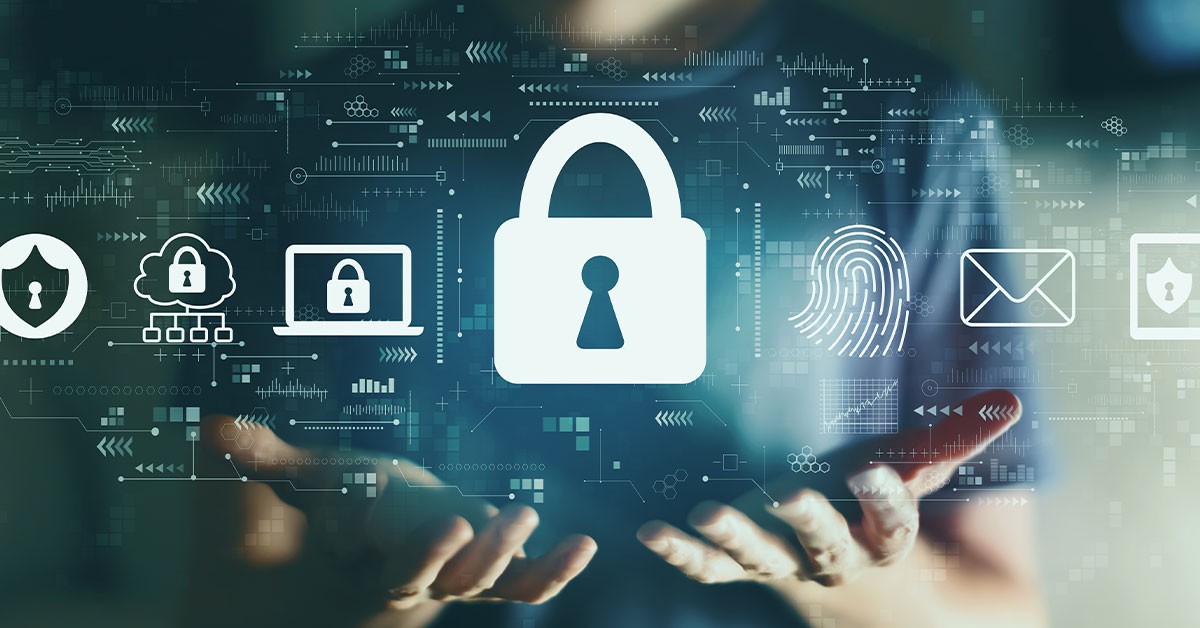In today’s digital landscape, where cyberattacks are becoming increasingly sophisticated, organizations can no longer afford to rely on reactive security measures alone. Traditional methods often detect threats only after they’ve caused damage, leaving sensitive information vulnerable to breaches. Proactive monitoring shifts this approach by actively tracking and analyzing systems, networks, and applications in real-time, enabling businesses to identify potential risks before they evolve into full-scale attacks.
Detecting unusual behavior early allows for quicker responses and mitigates the impact on critical data. This proactive approach is essential for strengthening cybersecurity defenses, maintaining trust with clients, and complying with industry regulations. The importance of safeguarding sensitive information cannot be overstated, and proactive monitoring serves as a powerful tool in achieving this goal. Engage with Managed IT Services Minneapolis experts for instant threat detection and proactive security to protect your sensitive information.
In this blog, we will explore how proactive monitoring enhances cybersecurity and helps keep valuable data secure.
What is Proactive Monitoring?
Proactive monitoring is a cybersecurity strategy that involves continuously tracking and analyzing systems, networks, and applications to detect potential threats before they can cause harm. Unlike reactive measures, which respond to incidents after they occur, proactive monitoring focuses on identifying vulnerabilities and suspicious activities in real-time.
By addressing issues early, businesses can prevent security breaches, minimize downtime, and better protect sensitive information. This approach helps maintain a strong security posture, ensuring organizations stay ahead of evolving cyber threats.
The Role of Proactive Monitoring in Enhancing Cybersecurity
- Instant Threat Detection and Mitigation
One of the key ways how proactive monitoring enhances cybersecurity is through instant threat detection and mitigation. By implementing continuous monitoring solutions, organizations can quickly identify and respond to potential security incidents before they escalate into significant breaches.
Instant threat detection involves real-time monitoring of network traffic, system logs, and user activities to spot any abnormal behavior or unauthorized access. Once a threat is detected, immediate mitigation measures can be initiated to contain the impact and prevent further infiltration. This proactive approach strengthens the overall security posture and minimizes the potential damage caused by cyber threats.
- Automated Response Mechanisms
Automated response mechanisms play a crucial role in enhancing cybersecurity through proactive monitoring. By utilizing automated tools and systems, organizations can detect and respond to potential threats in real-time, minimizing the impact of cyberattacks. These mechanisms enable swift actions without human intervention, reducing response times and improving overall security posture.
Automated response mechanisms also help ensure consistent and standardized responses to security incidents, enhancing efficiency and effectiveness in mitigating risks. Leveraging these tools as part of a comprehensive cybersecurity strategy can significantly strengthen an organization’s defense against evolving cyber threats.
- Regulatory Compliance Monitoring
Regulatory compliance monitoring is critical in enhancing an organization’s cybersecurity measures. By proactively monitoring and ensuring adherence to regulatory requirements, businesses can mitigate risks associated with non-compliance and potential data breaches. Regulatory standards such as GDPR, HIPAA, or PCI DSS provide guidelines on how sensitive data should be handled and secured.
Regular monitoring helps identify gaps in compliance, allowing for timely corrective actions to maintain a robust cybersecurity posture. Additionally, compliance monitoring demonstrates a commitment to data protection and privacy, instilling trust among customers and stakeholders that their information is being handled responsibly and securely.
- Ongoing Security Evaluations
Ongoing security evaluations play a vital role in enhancing cybersecurity through proactive monitoring. By regularly assessing the effectiveness of security measures, organizations can identify vulnerabilities and potential threats before they escalate into major security breaches.
These evaluations involve thorough assessments of the organization’s network, systems, and protocols to ensure they are up-to-date and aligned with industry best practices. Organizations can proactively strengthen their defenses and mitigate risks by continuously monitoring and evaluating their cybersecurity posture.
The Role of Proactive Monitoring in Safeguarding Sensitive Information
- Enforcing Access Controls
Enforcing access controls is critical to proactive monitoring and safeguarding of sensitive information. Access controls help regulate who can view, edit, or delete sensitive data within an organization’s systems. By setting up strict access control policies, businesses can limit the risk of unauthorized access and data breaches.
This involves implementing measures such as user authentication, role-based permissions, encryption, and regular access logs monitoring to detect suspicious activities. Effective enforcement of access controls plays a key role in maintaining the confidentiality and integrity of sensitive information and ensuring compliance with data protection regulations.
- Ensuring Compliance
Proactive monitoring plays a crucial role in safeguarding sensitive information within an organization. One key aspect of this process is ensuring compliance with relevant data protection laws and regulations. By implementing proactive monitoring measures, organizations can actively identify and mitigate risks to sensitive information, demonstrating their commitment to maintaining compliance with legal requirements.
This approach helps protect against data breaches, and fosters trust with stakeholders by showcasing a dedication to upholding privacy and security standards. Organizations prioritizing proactive monitoring for compliance are better equipped to navigate the complex landscape of data protection regulations and enforce the confidentiality of sensitive information.
- Coordinating Incident Response
Coordinating incident response is a critical aspect of proactive monitoring in safeguarding sensitive information. In a security breach or data leak, having a well-coordinated incident response plan can help mitigate the impact and minimize the damage caused.
This involves establishing clear protocols for detecting and responding to security incidents, assigning roles and responsibilities to team members, and ensuring effective communication channels are in place. By coordinating incident response efforts, organizations can improve their ability to promptly identify and address security threats, ultimately enhancing their overall cybersecurity posture.
- Providing Real-time Alerts
Proactive monitoring plays an essential role in safeguarding sensitive information within organizations. Real-time alerts are an integral component of proactive monitoring systems, as they provide immediate notification of any suspicious activities or potential security breaches.
By setting up real-time alerts, organizations can quickly respond to threats and take necessary actions to mitigate risks to their sensitive data. These alerts enable security teams to avoid potential security incidents and maintain the confidentiality and integrity of sensitive information. Implementing real-time alerts as part of a proactive monitoring strategy is essential for ensuring robust cybersecurity measures within an organization.
Conclusion
Proactive monitoring plays a vital role in strengthening cybersecurity by enabling early detection of potential threats and vulnerabilities. Organizations can address issues before they escalate by continuously assessing systems and networks, protecting sensitive information, and maintaining business continuity. Implementing proactive monitoring enhances security and fosters a proactive approach to risk management, allowing companies to stay ahead of evolving cyber threats. For more insights and expert help, contact the IT Support Eagan team.






